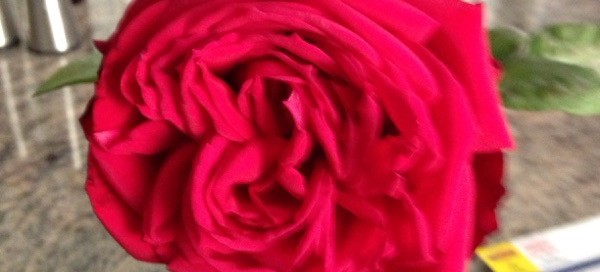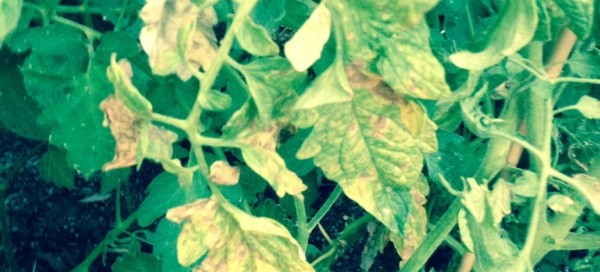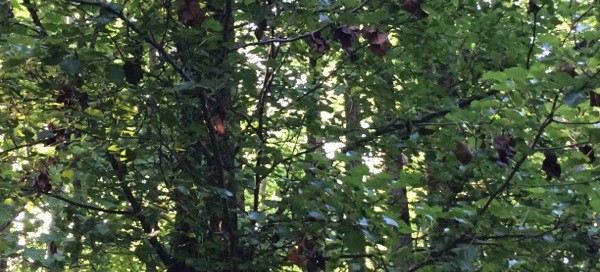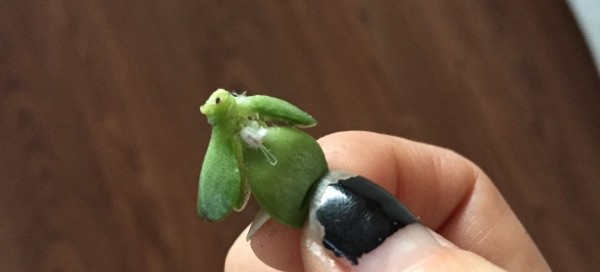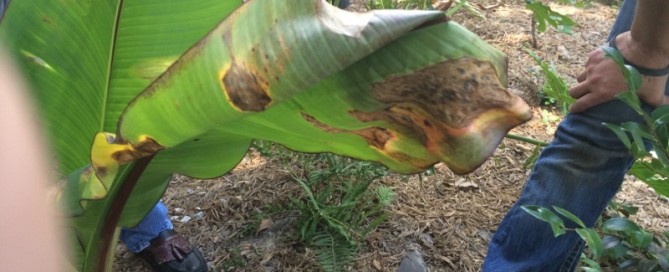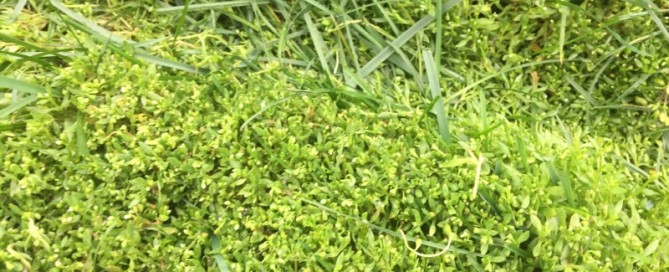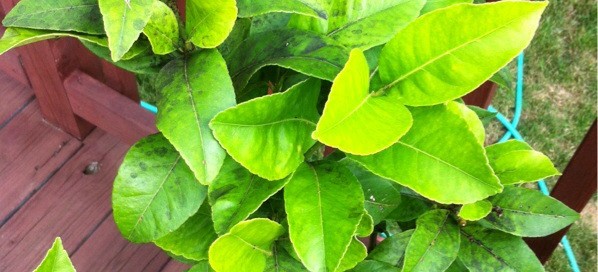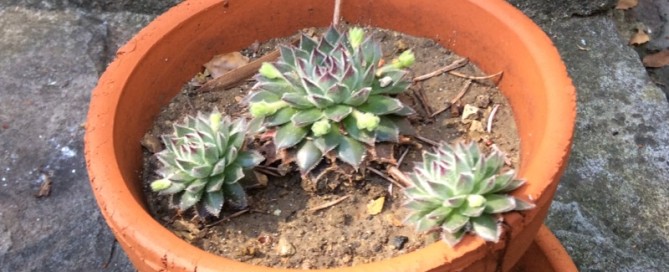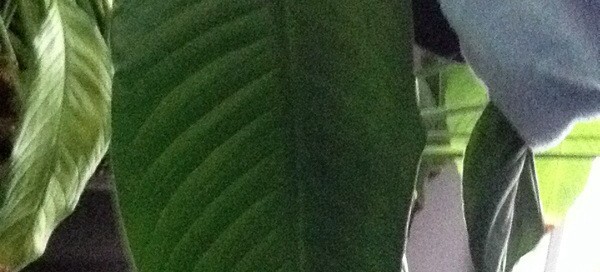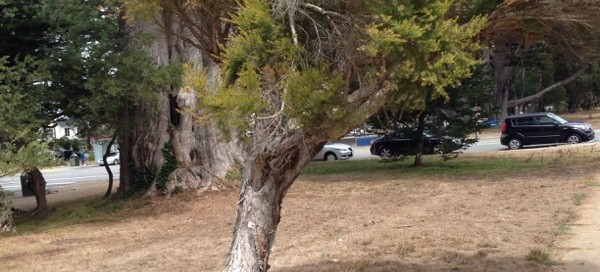Rose
Because there are over150 wild species of shrubs and climbers native to Asia, Europe, North Africa and North America, plus thousands of different garden forms of varying growth and flower types divided into two broad categories Old Garden Roses and Modern Roses, we cannot identify yours specifically. Suggest you show a few clippings to a local garden center that specializes in roses or botanic garden to see if a horticulturist can identify more specifically.You can also visit online websites such as www.helpmefindroses.com or your local rose society, Raincross Rose Society - Contact
www.raincrossrosesociety.com/page-1733733
All roses however, appreciate full sun, regular water and feed with a slow release or organic fertilizer formulated for roses.
